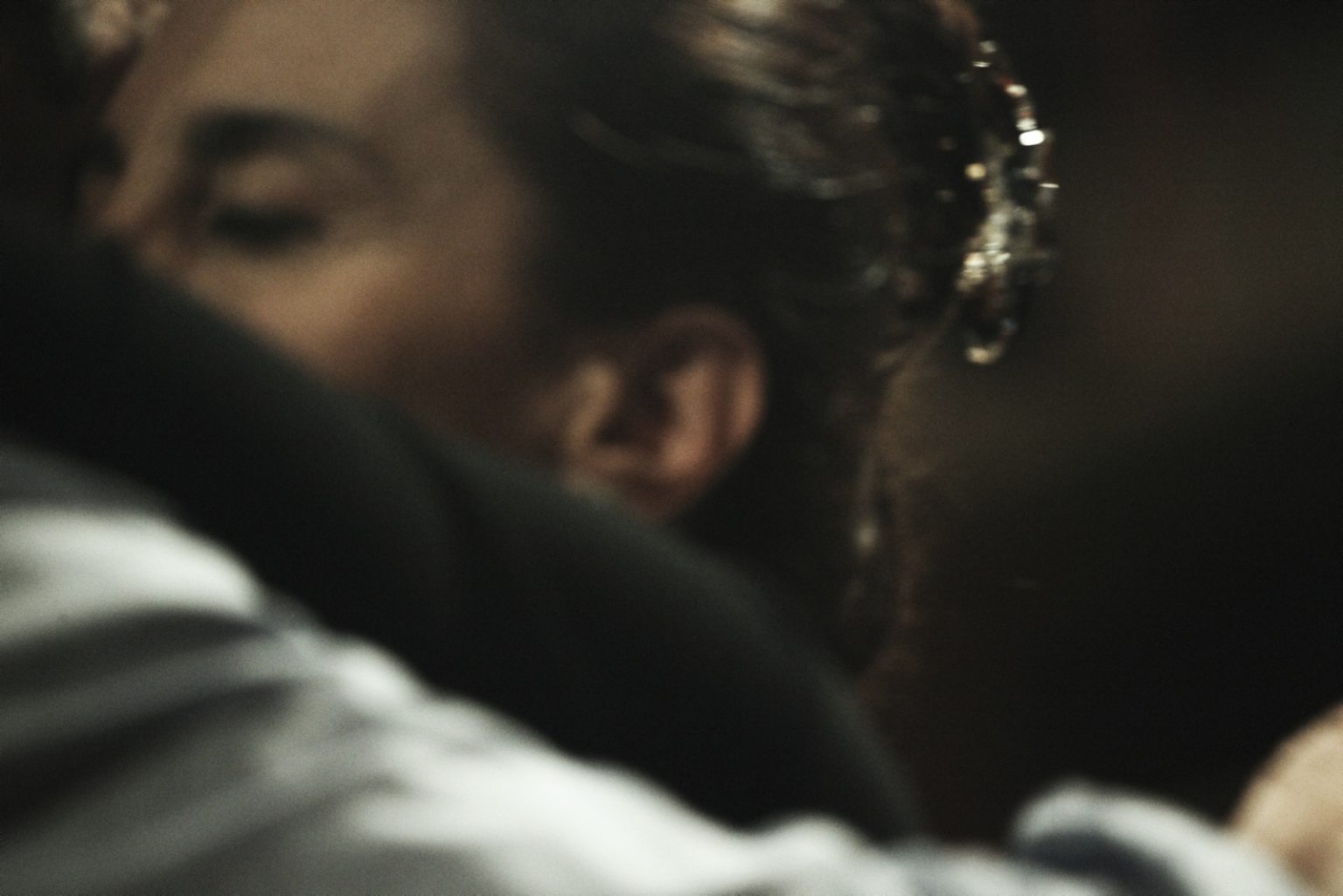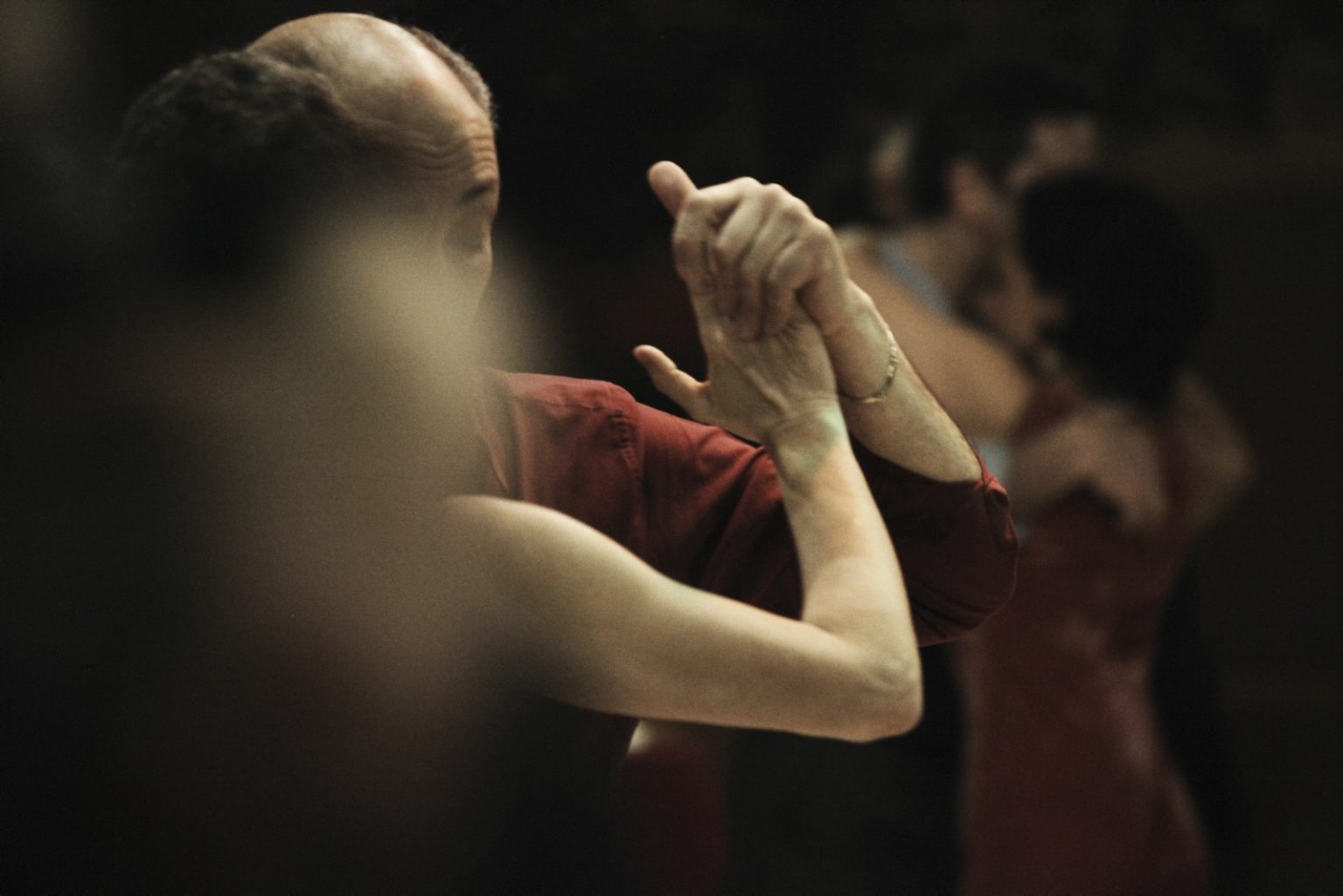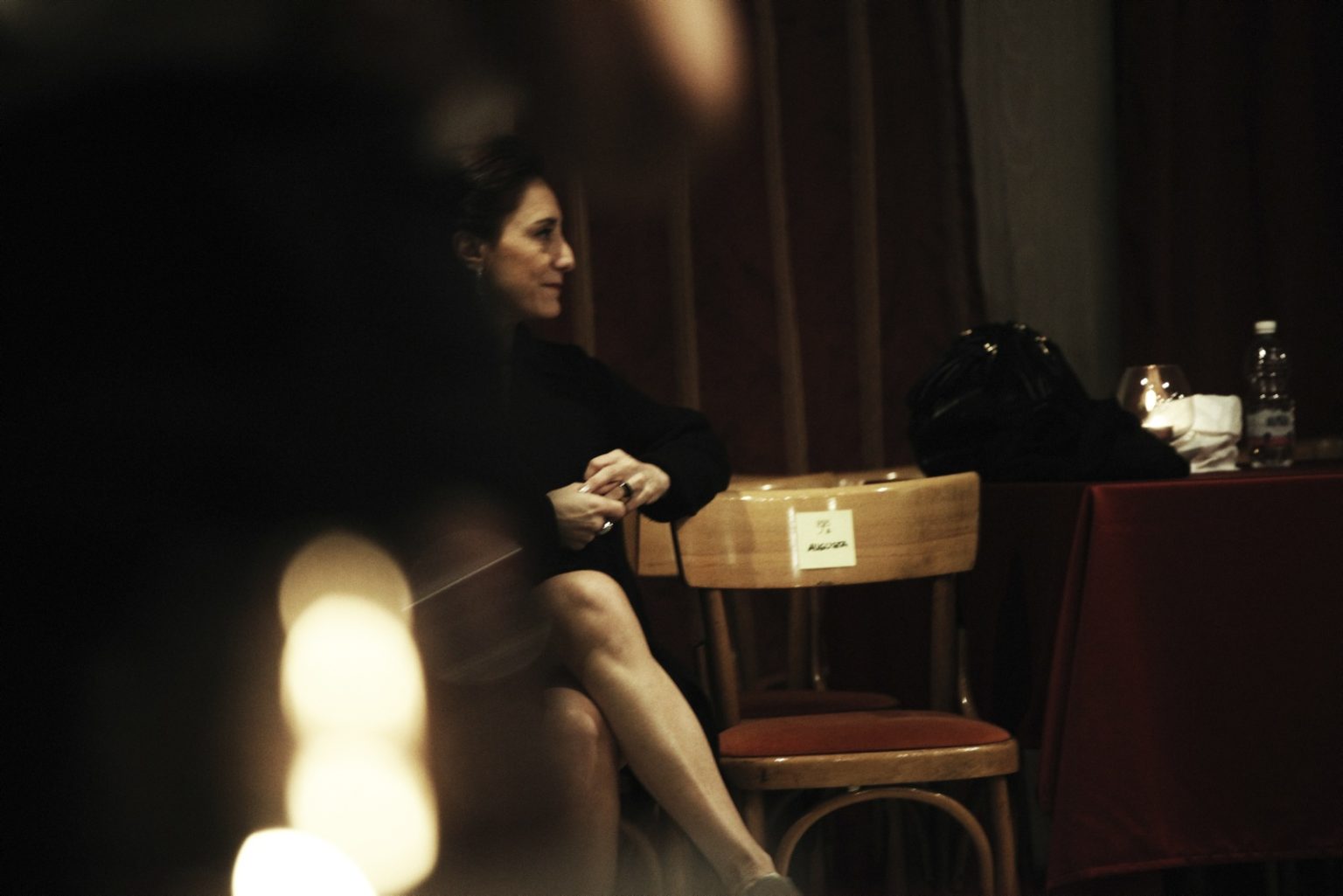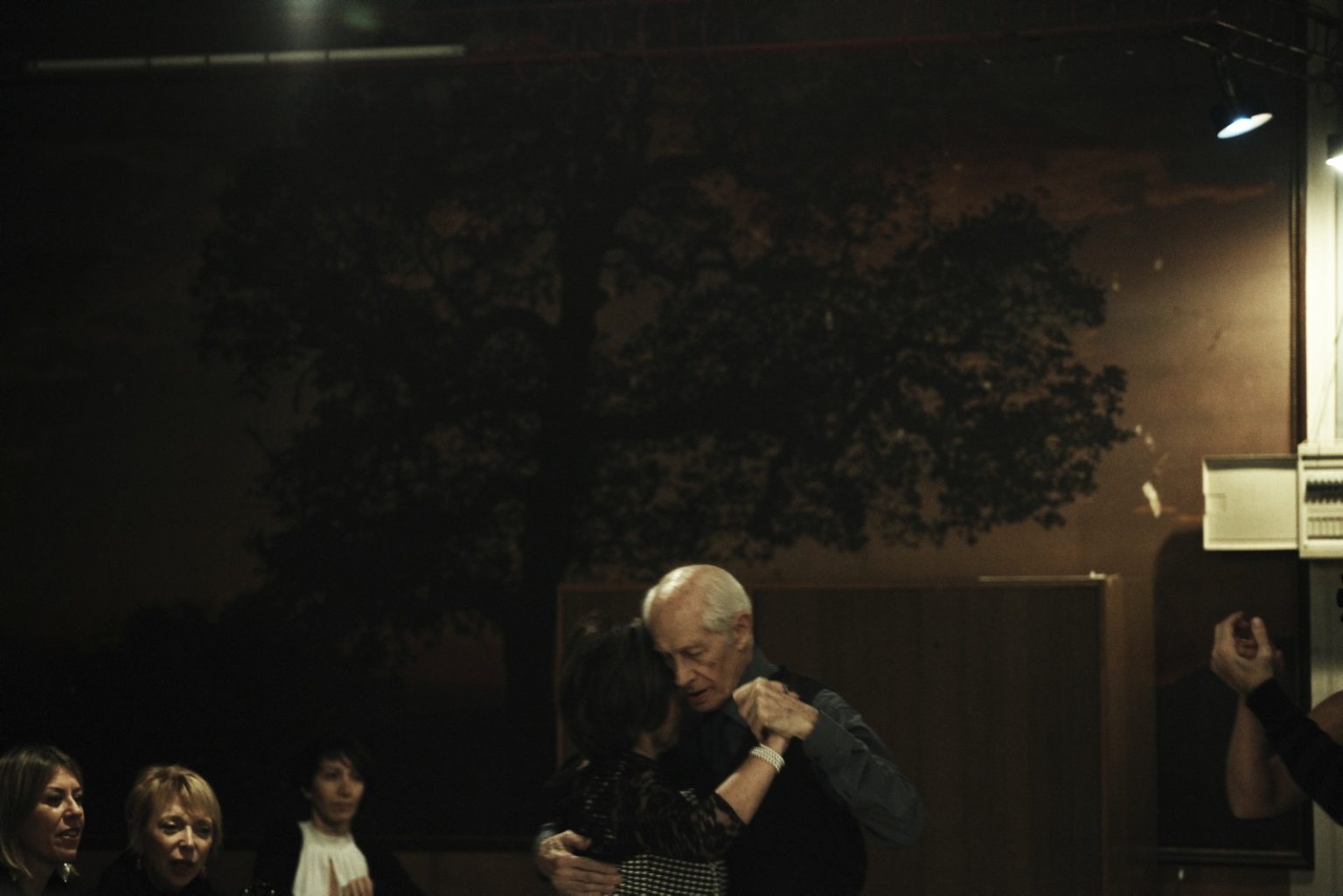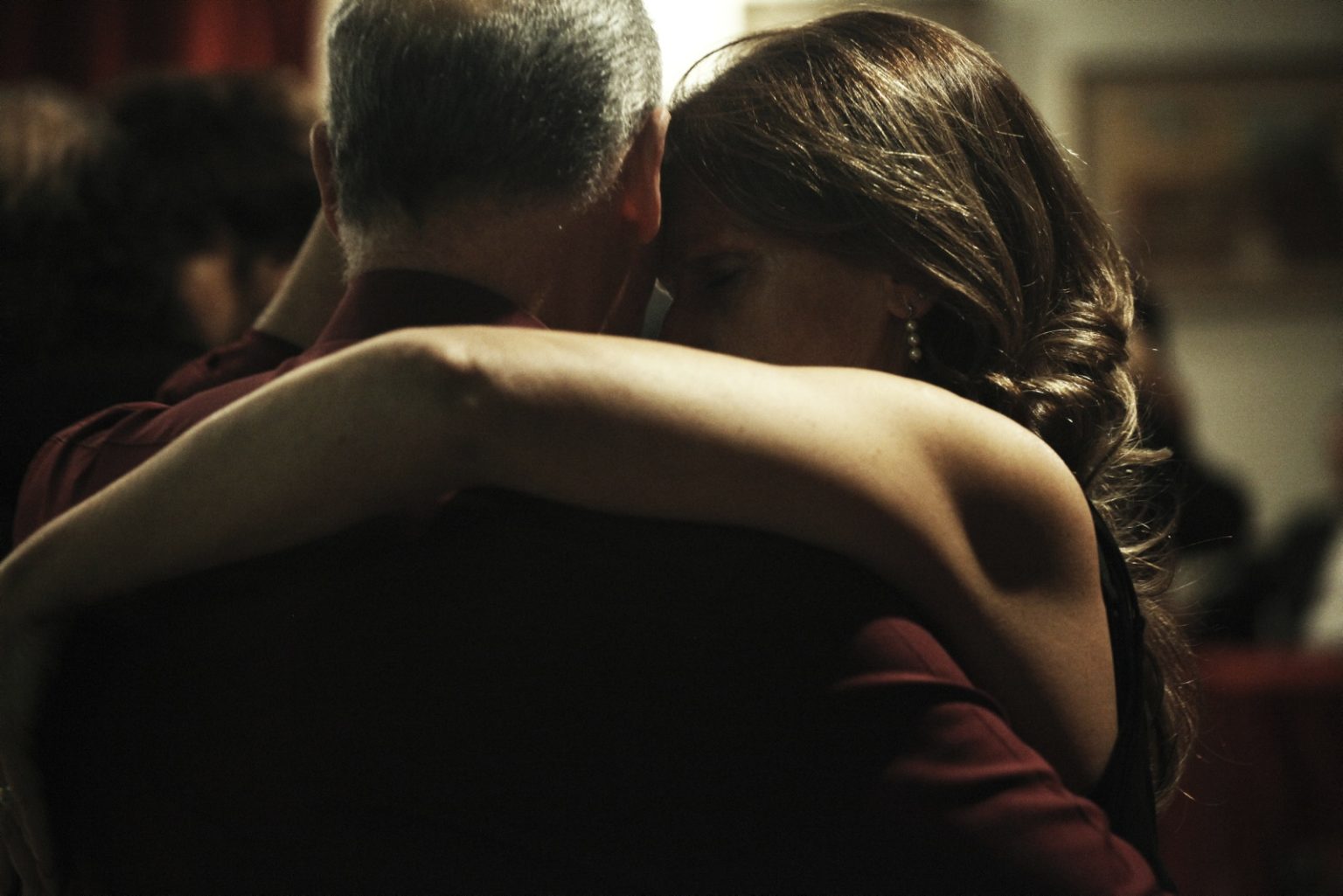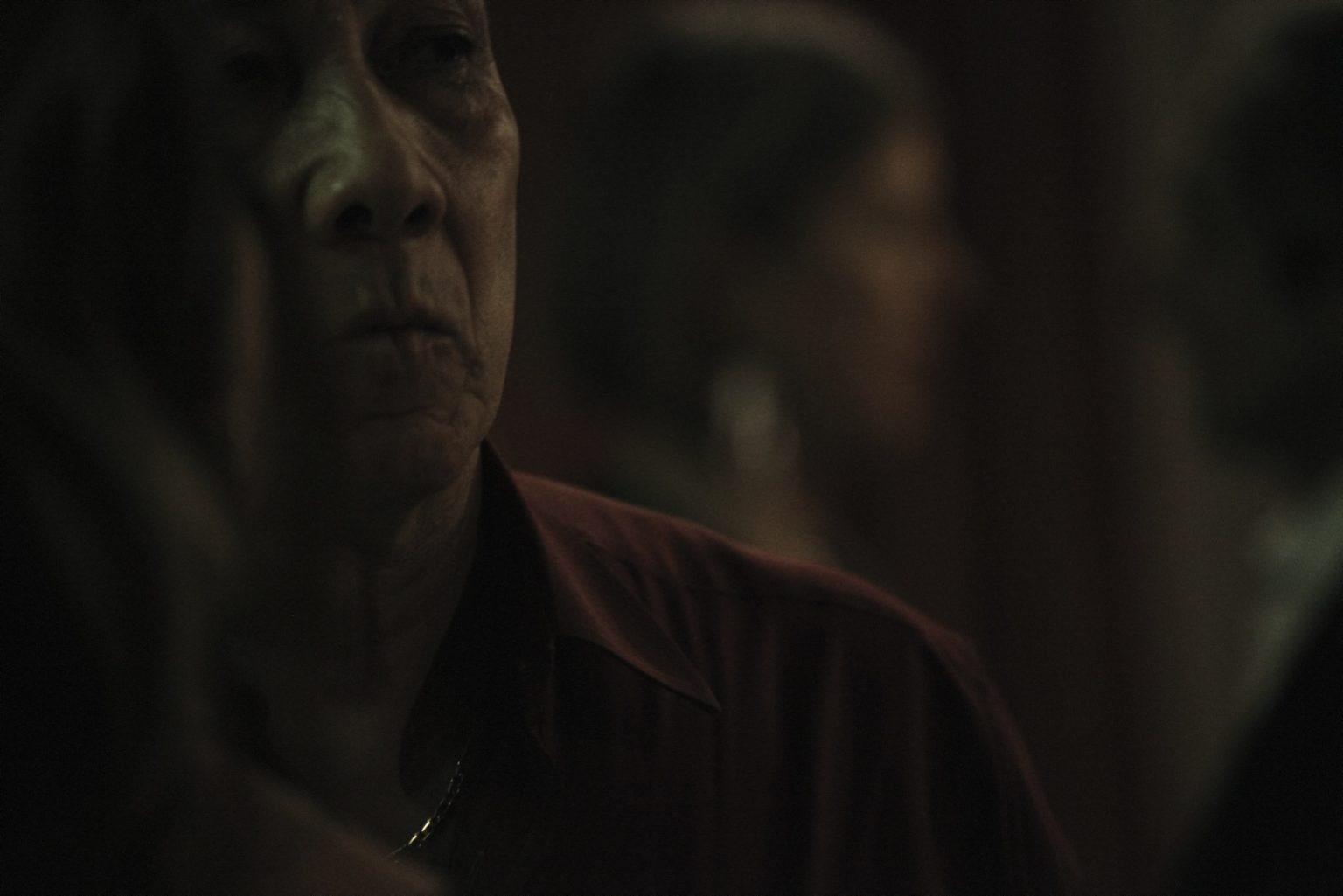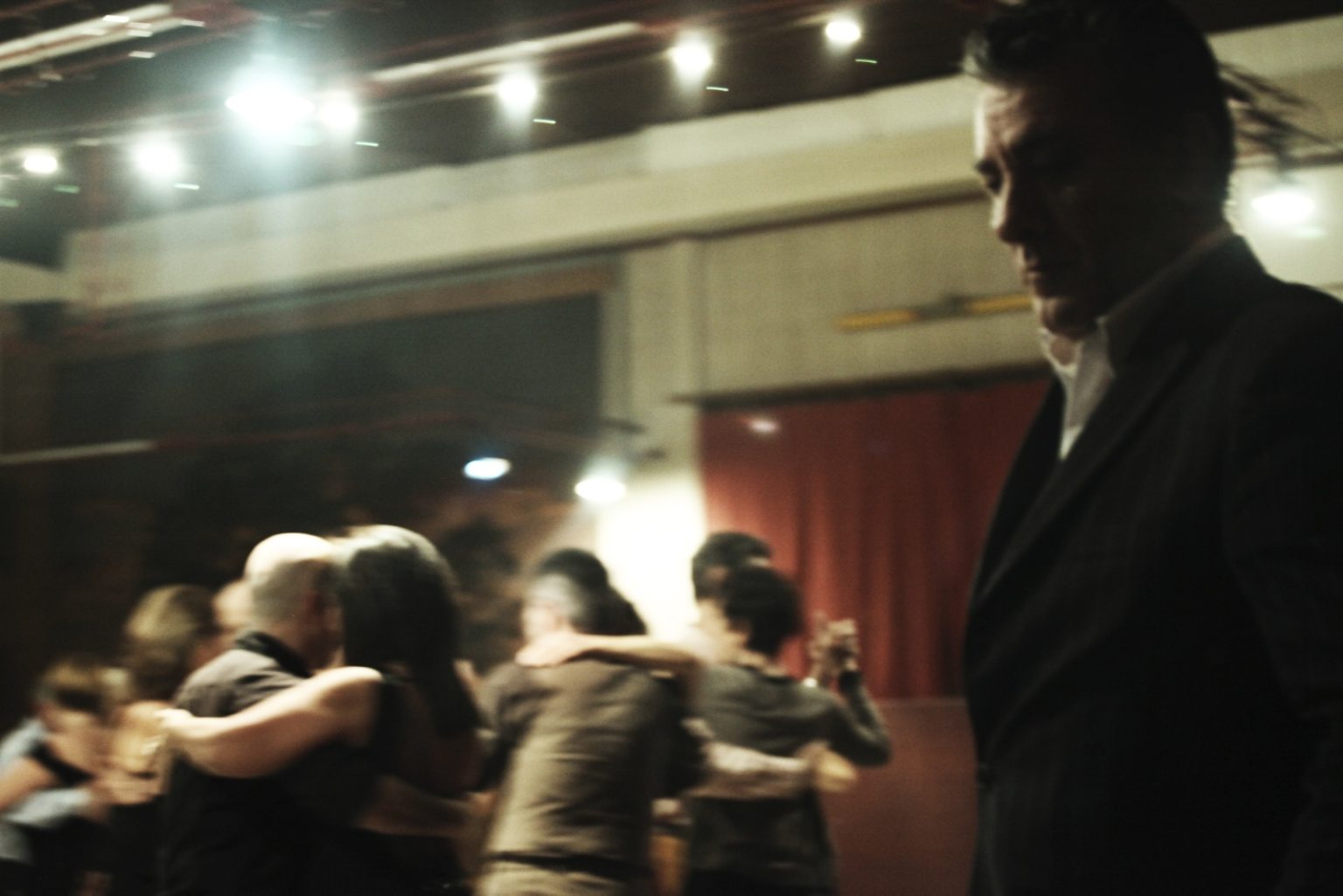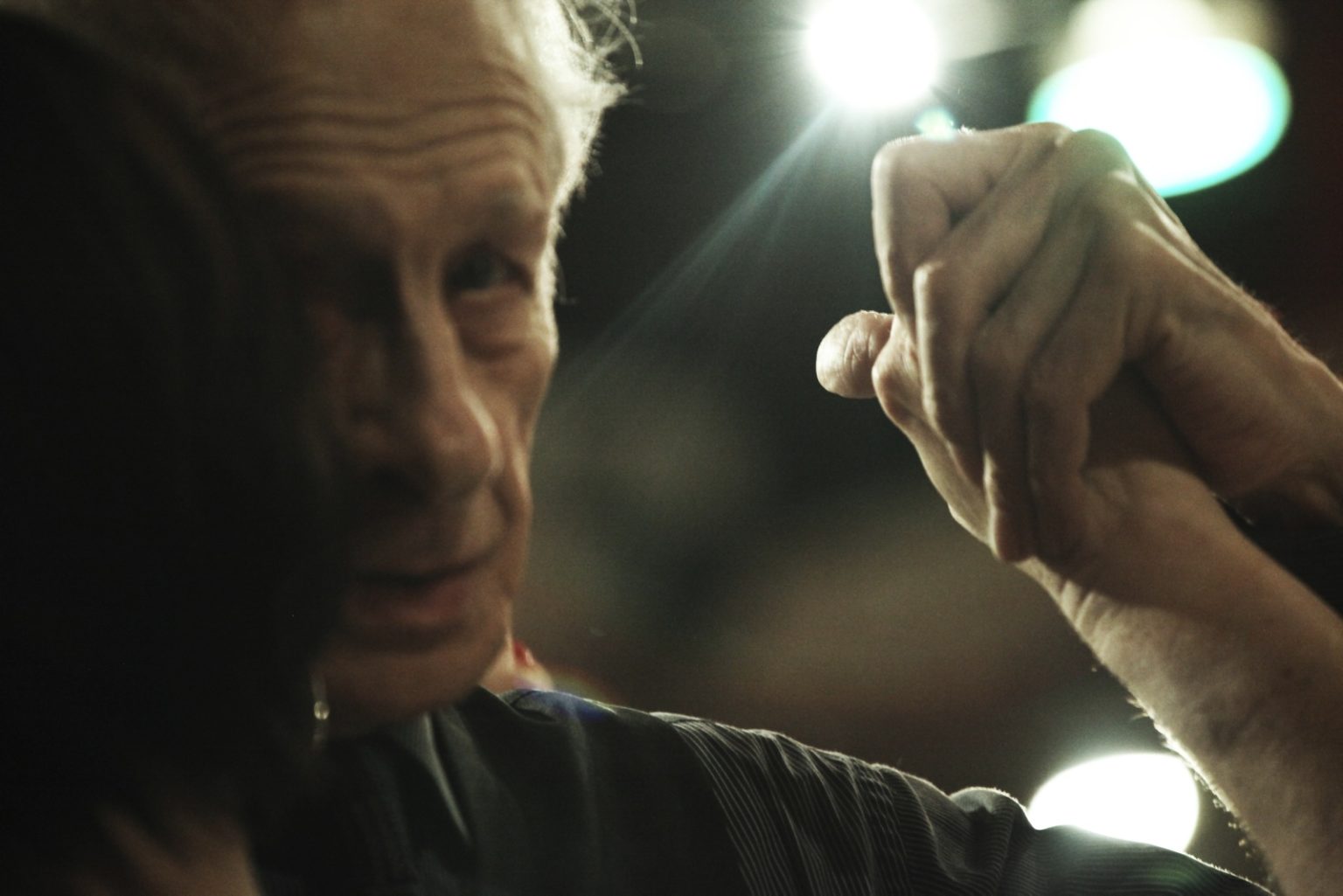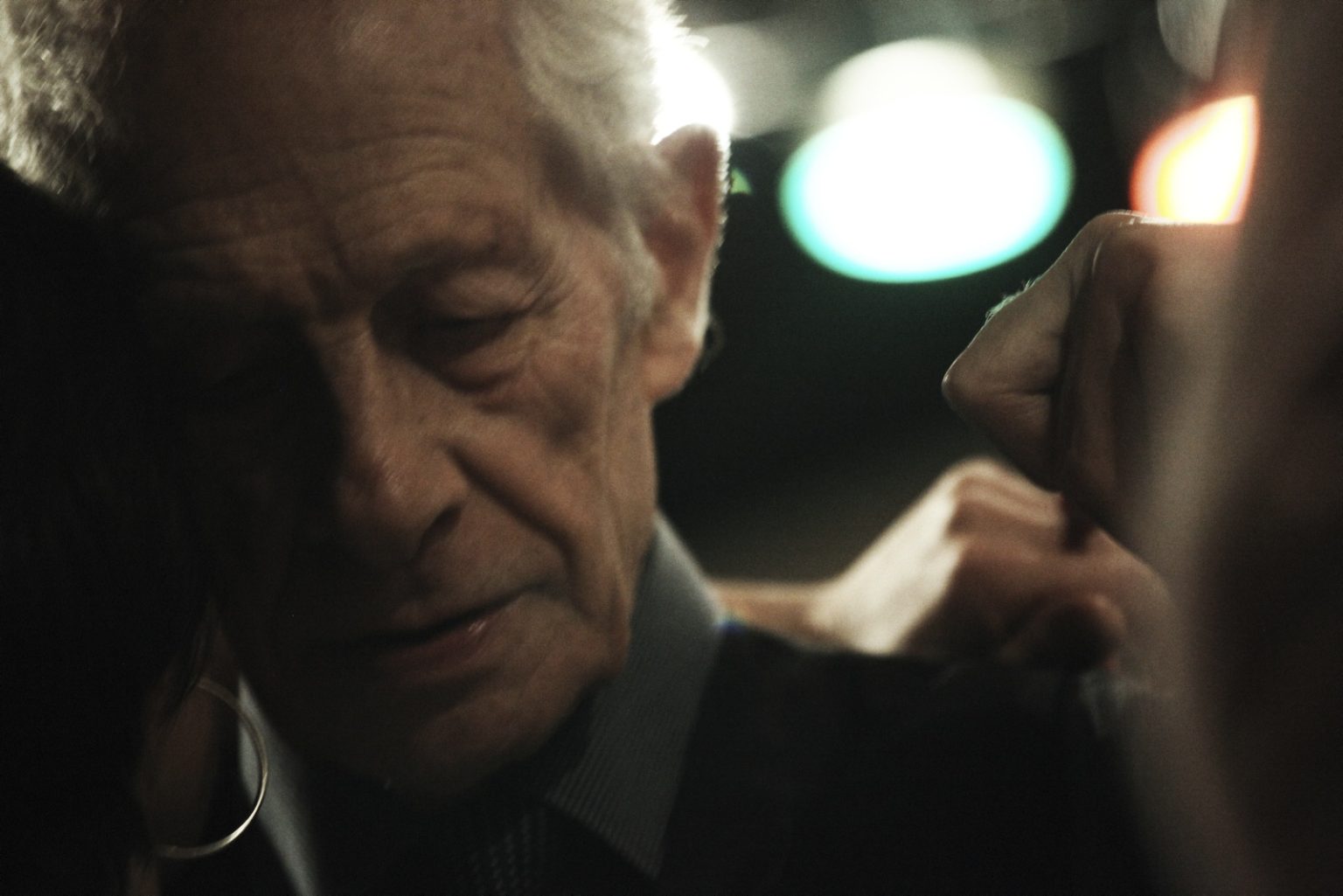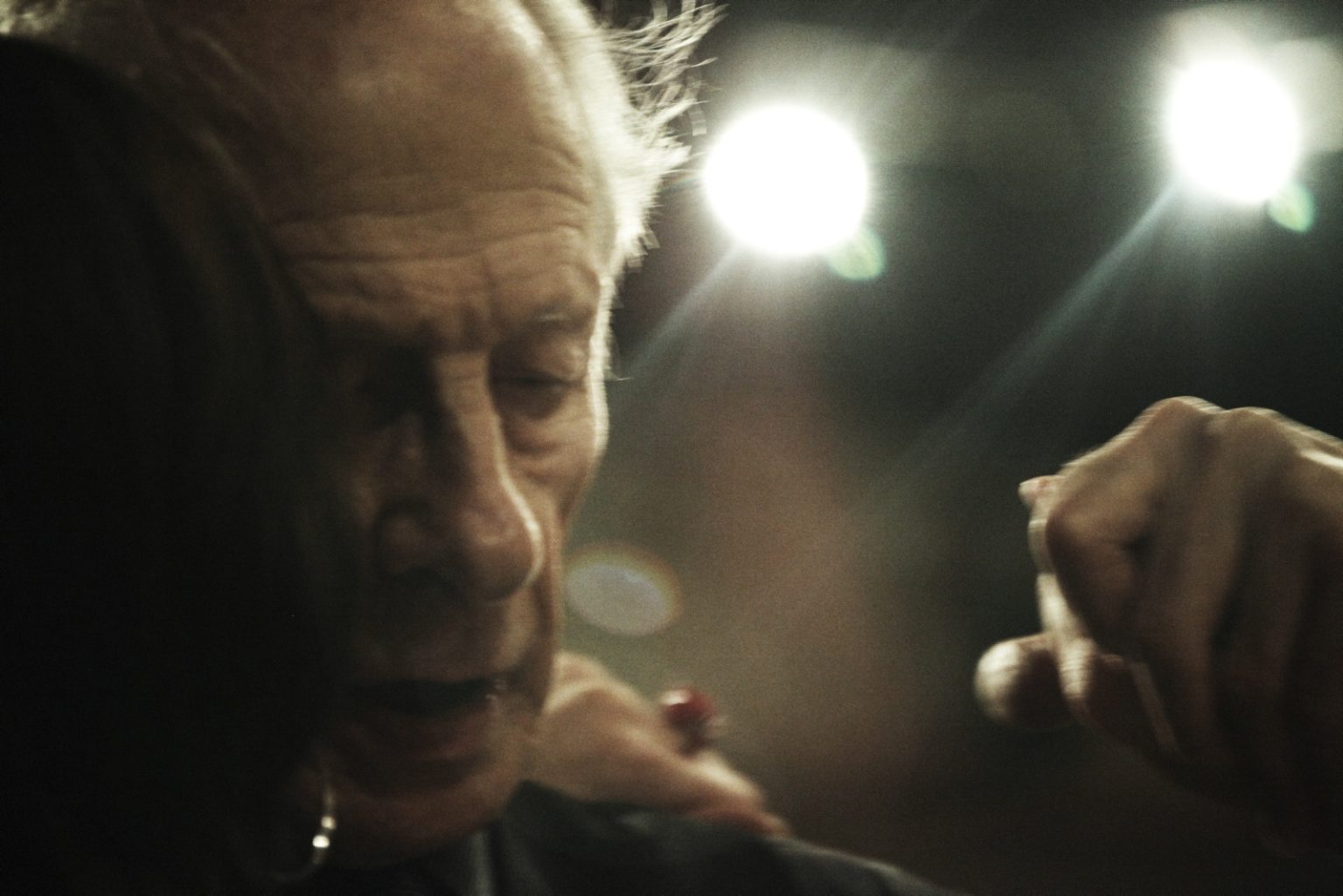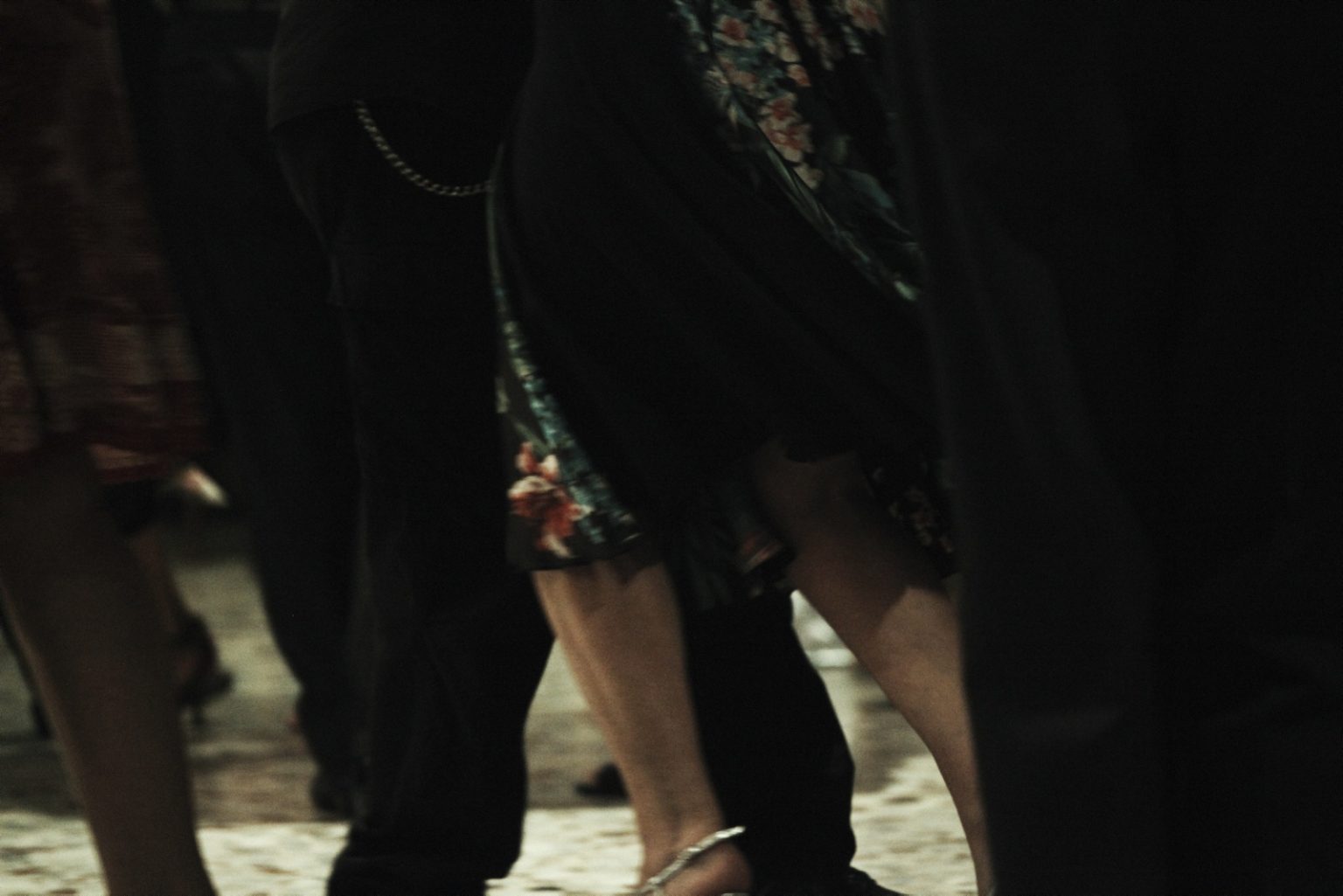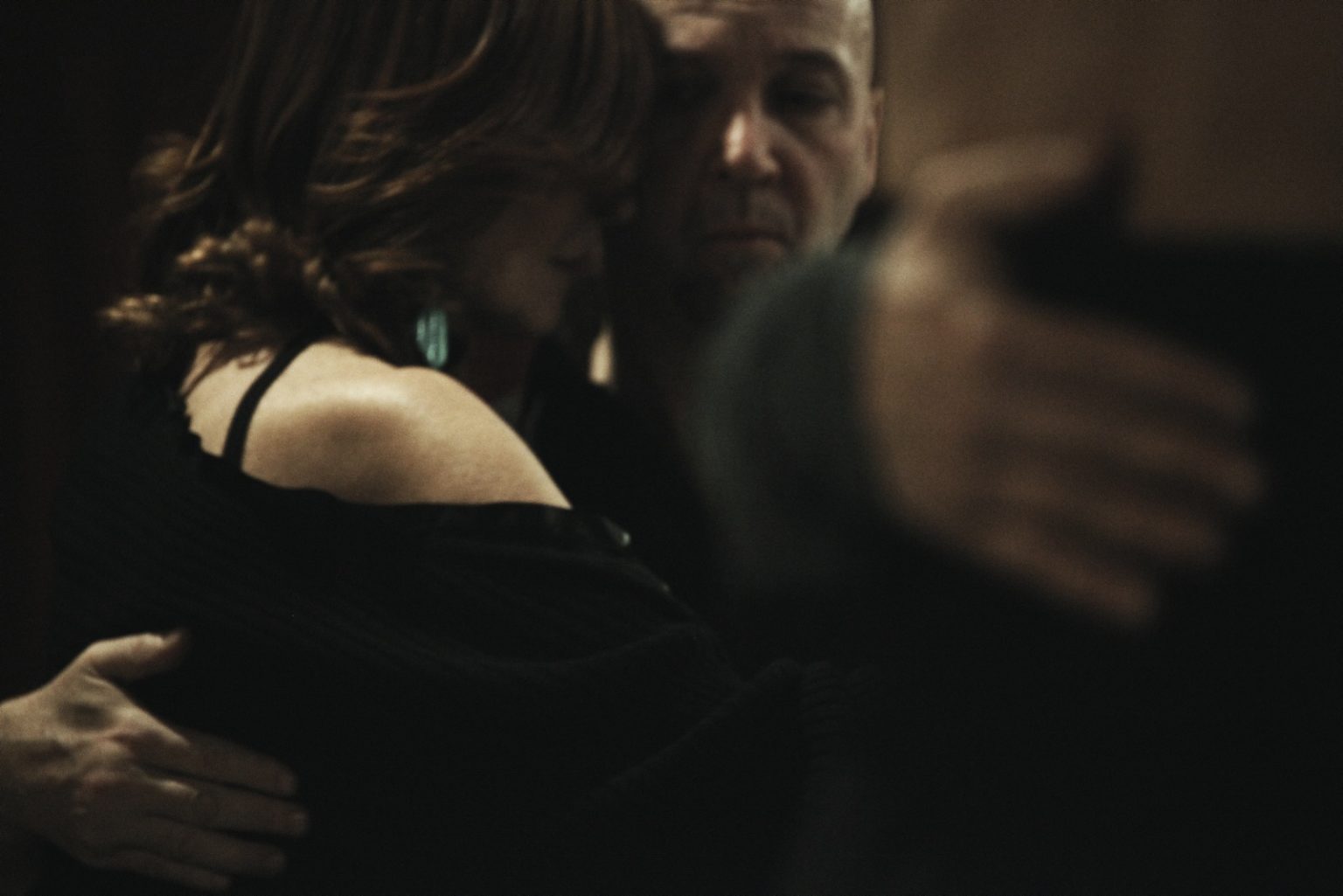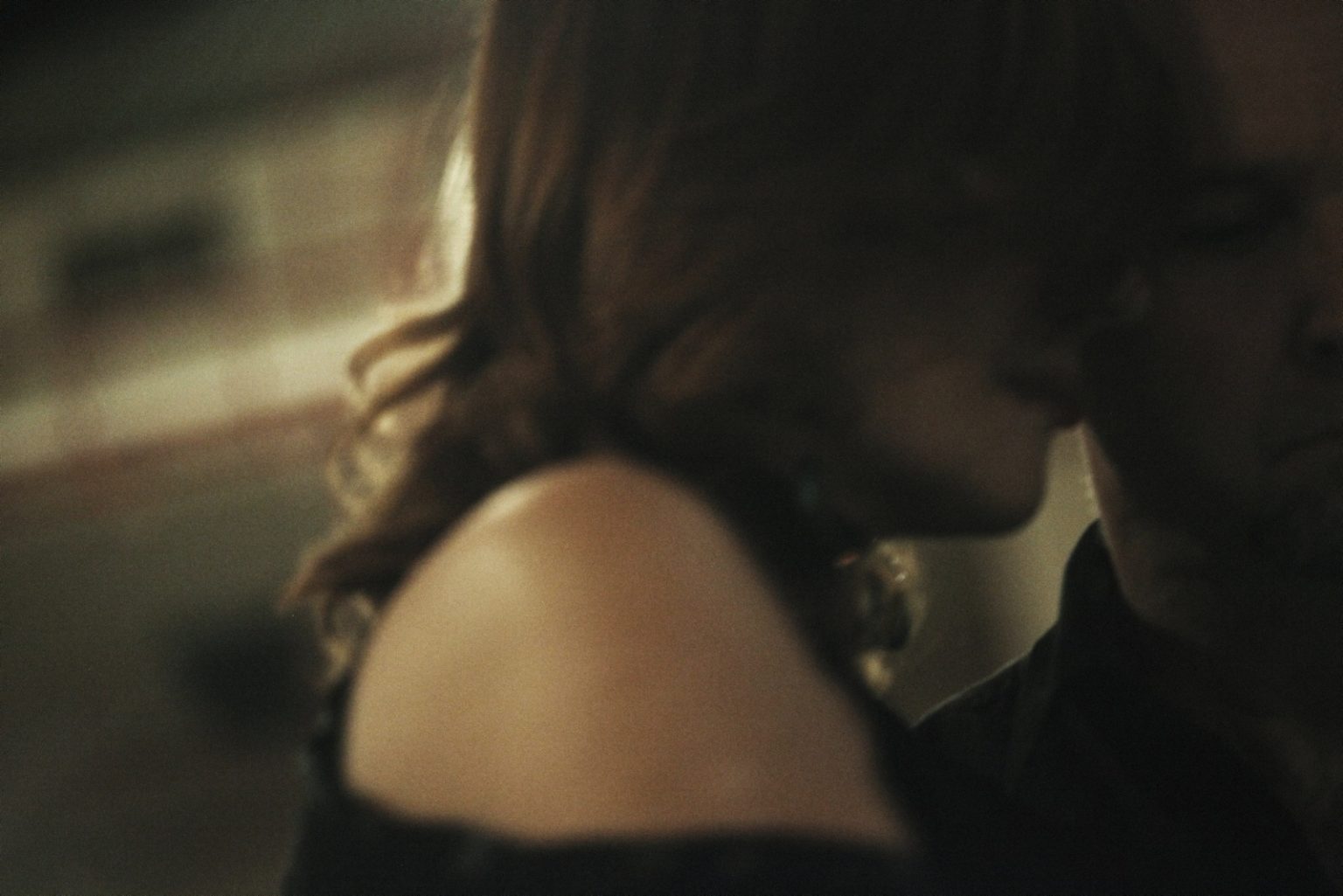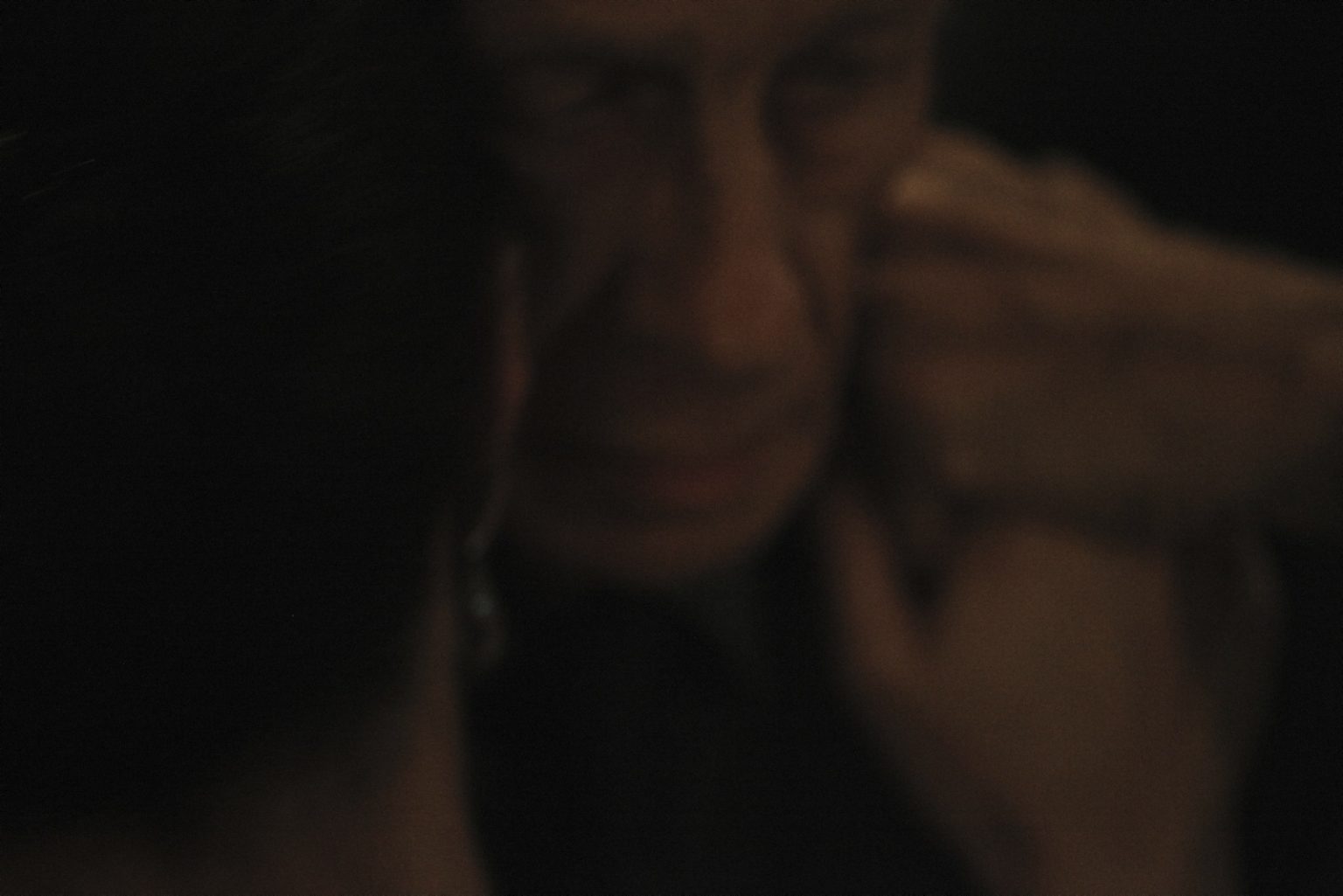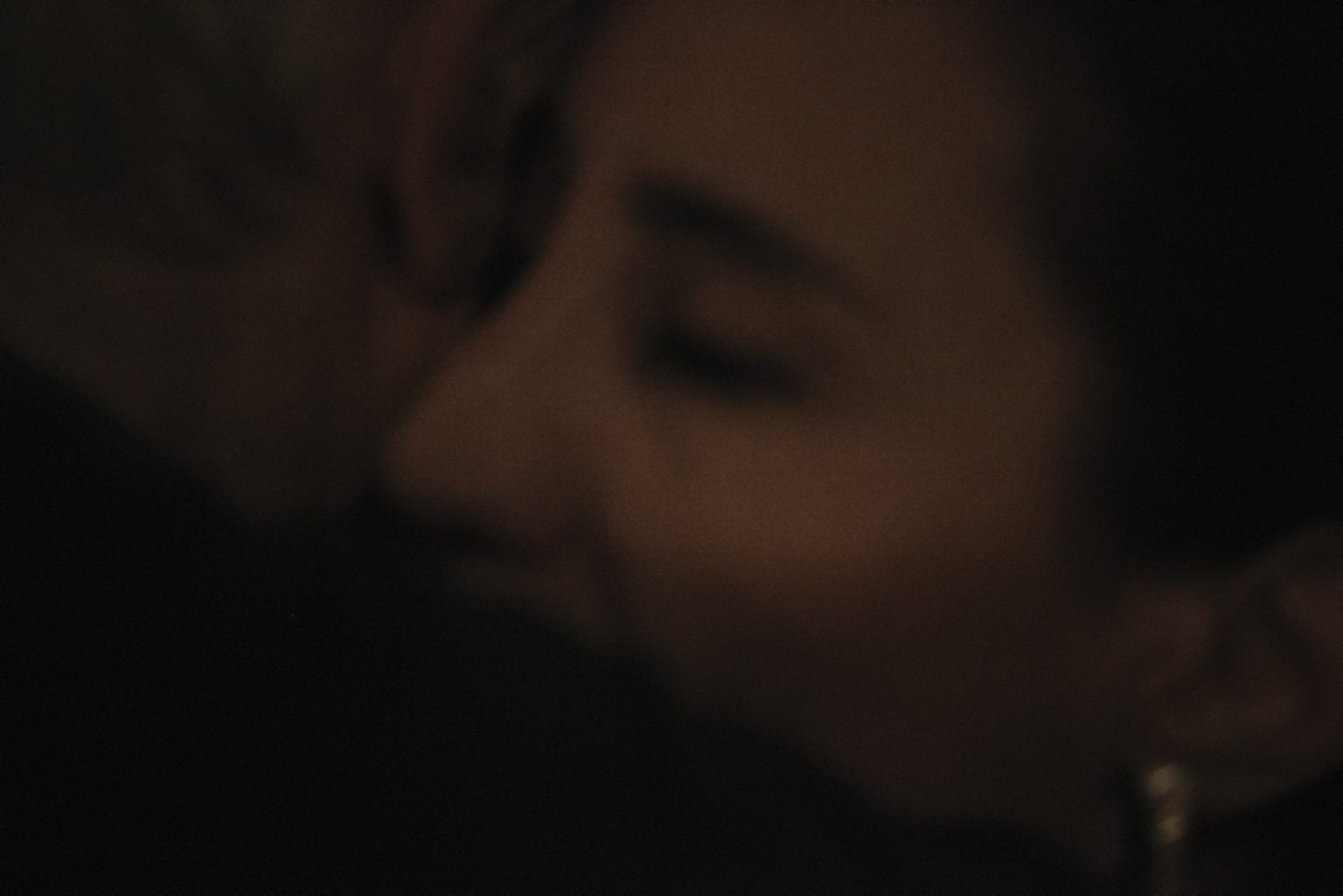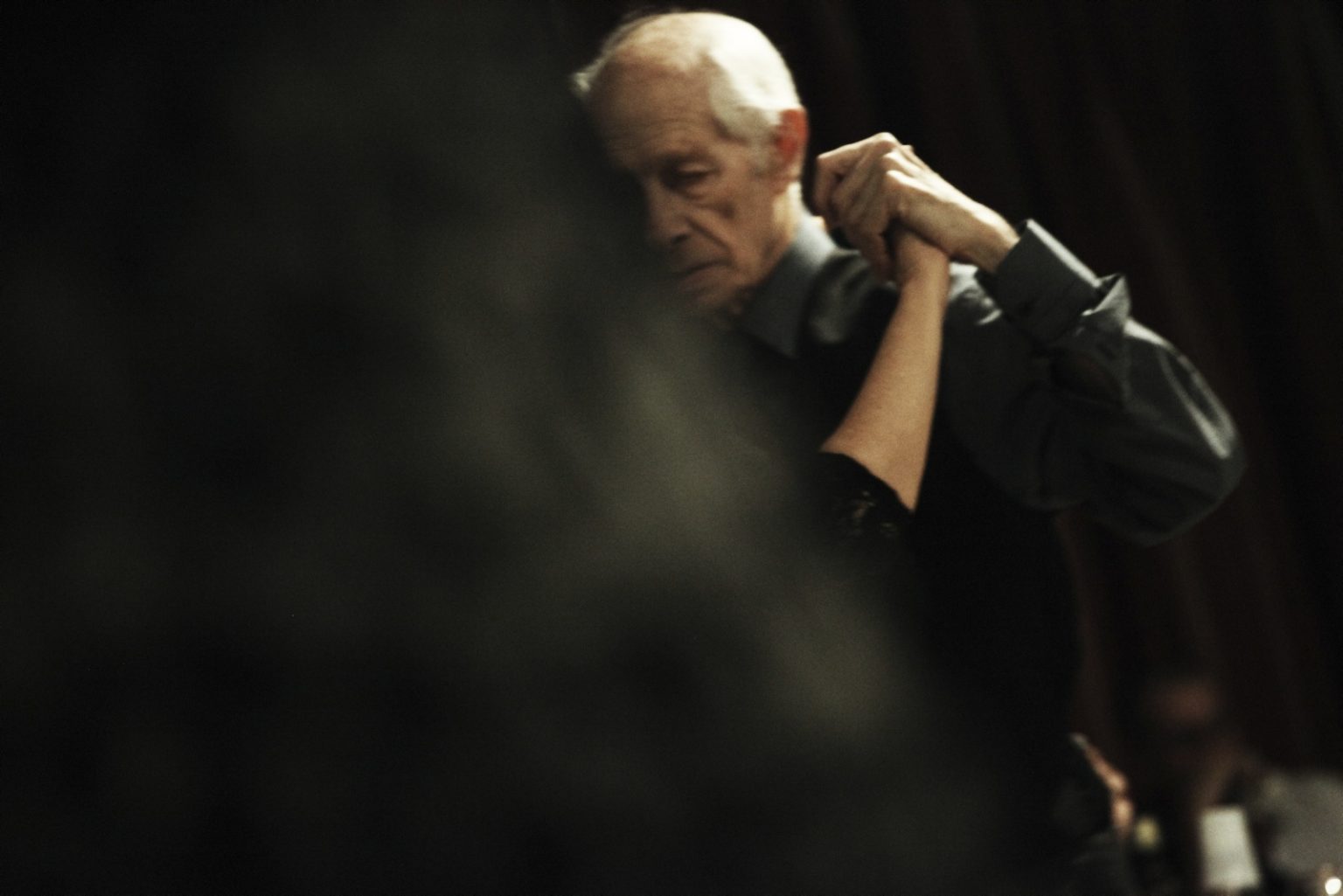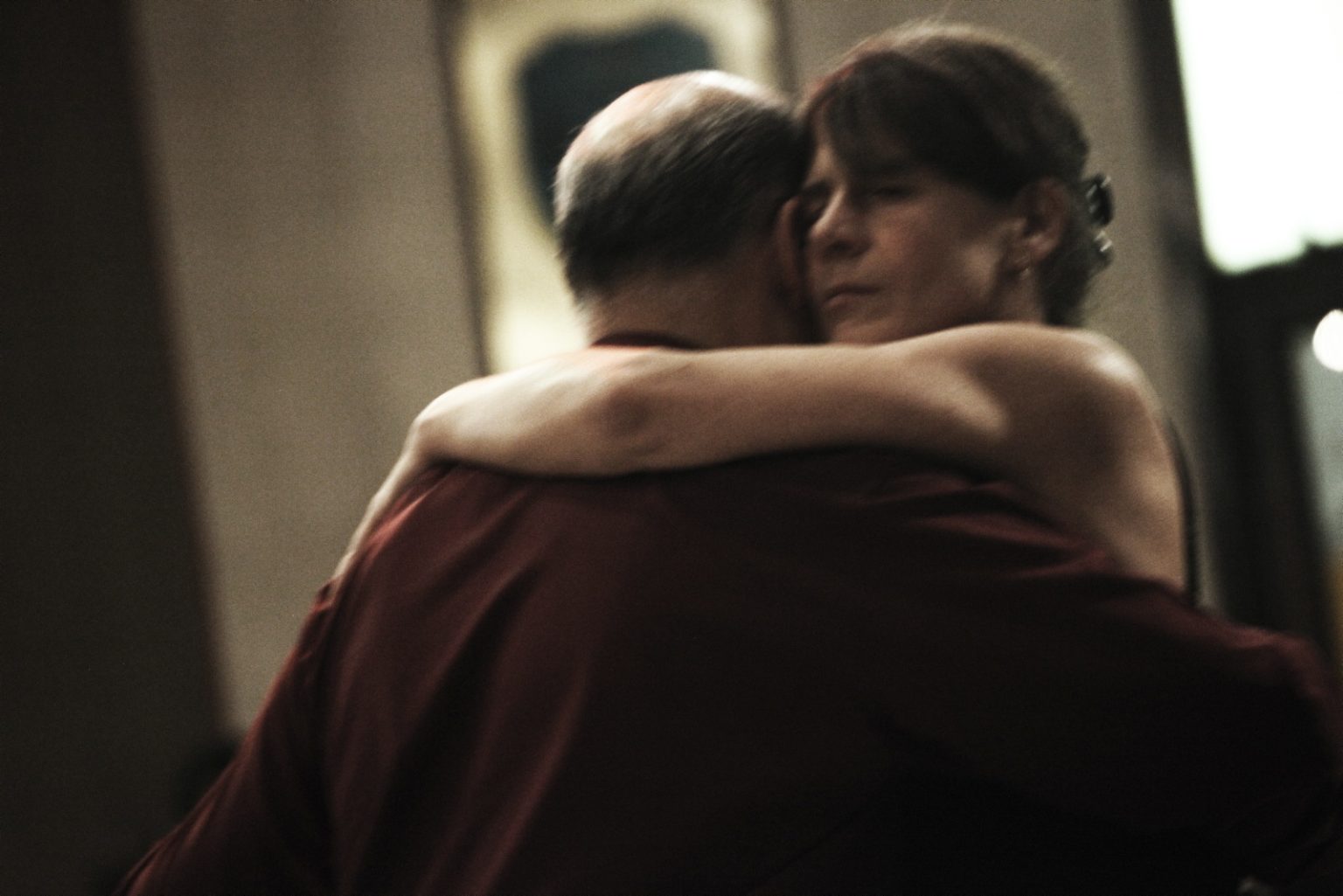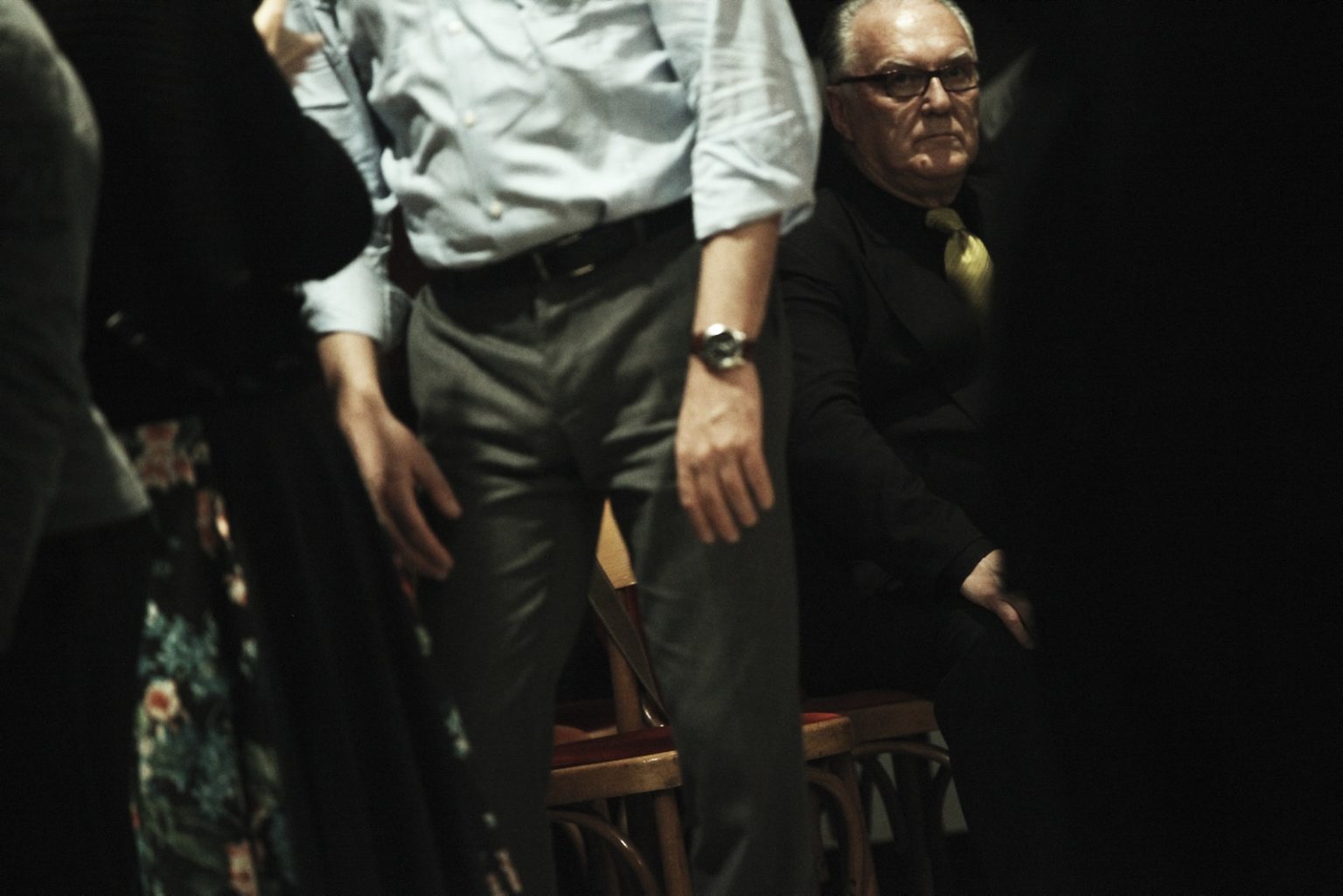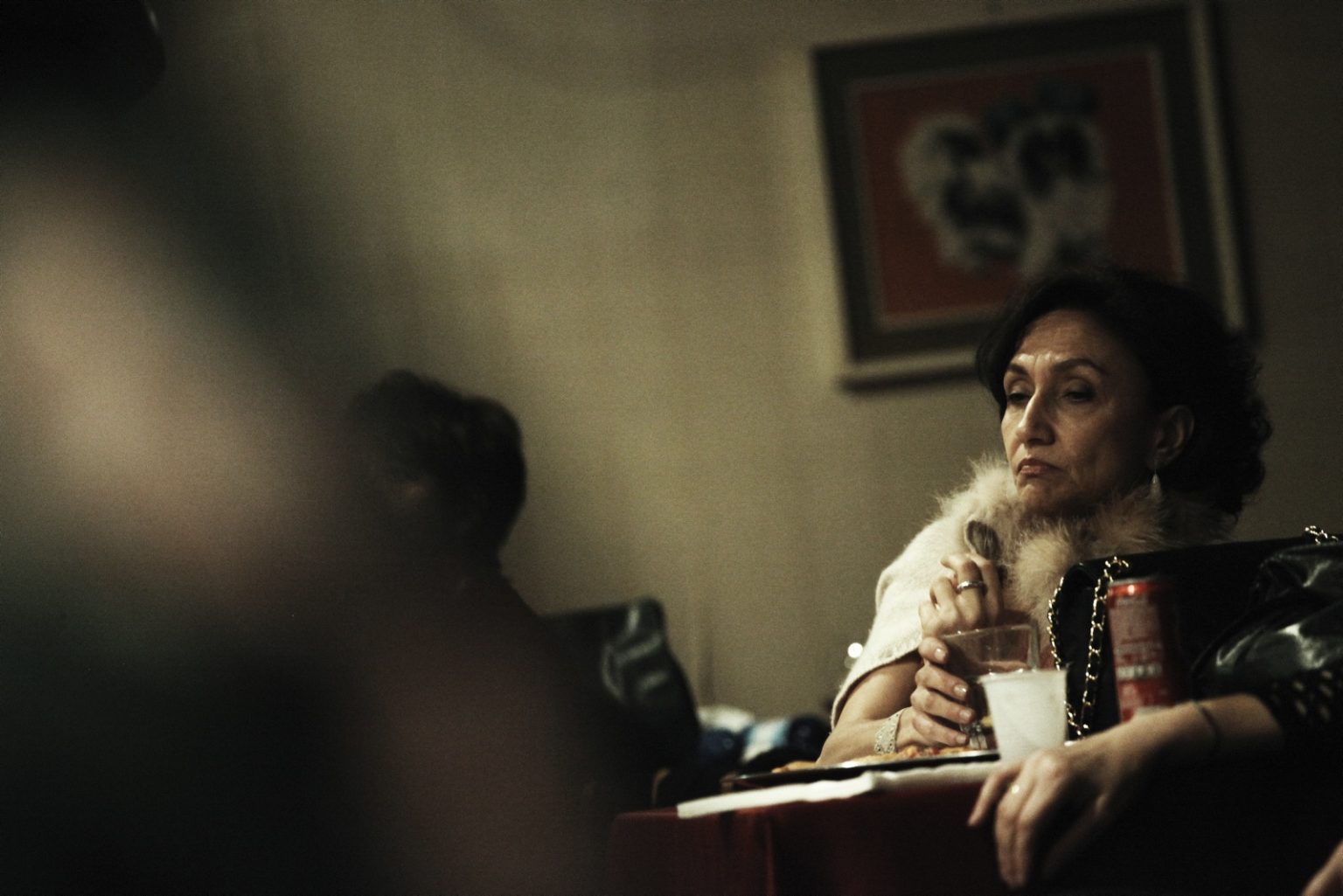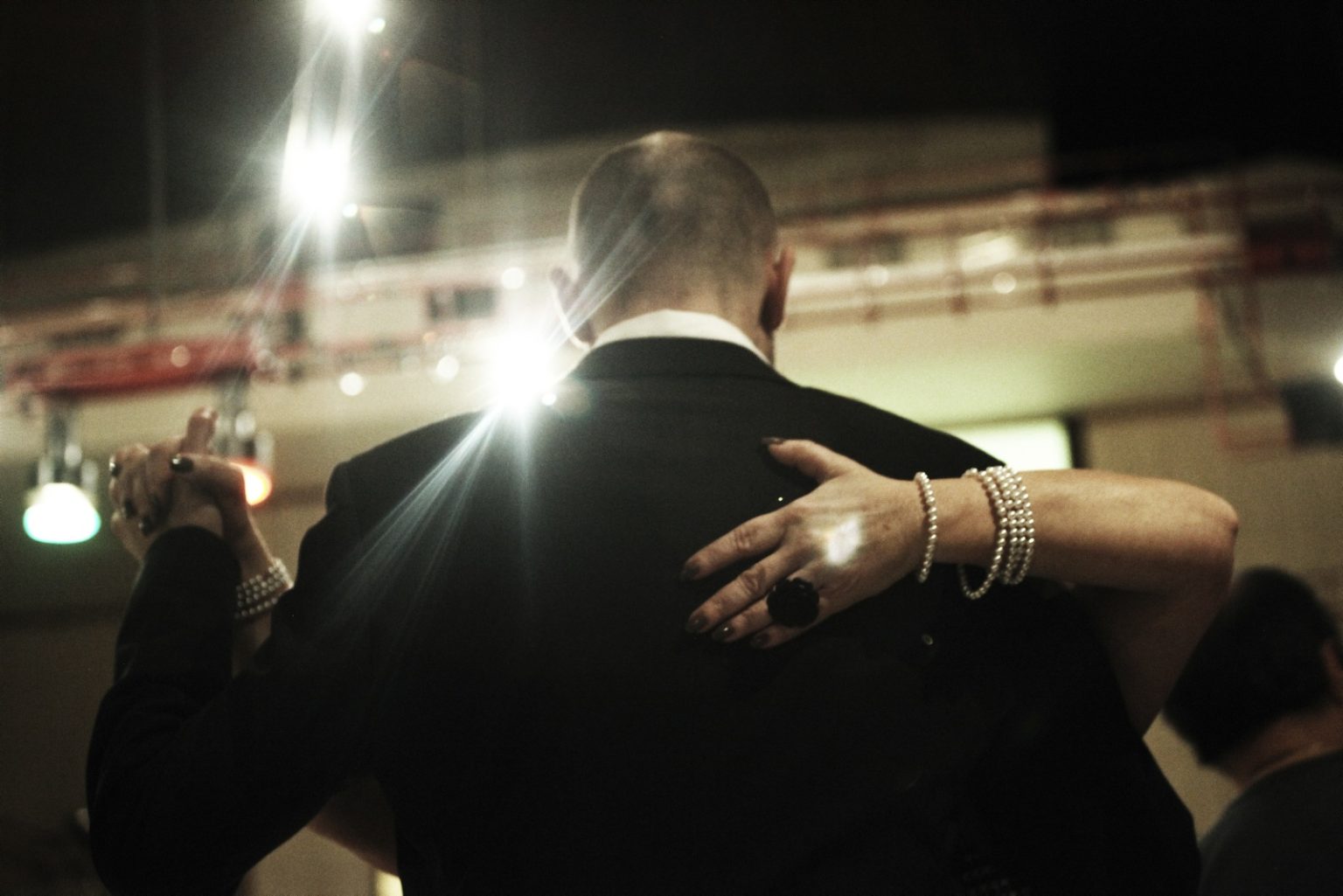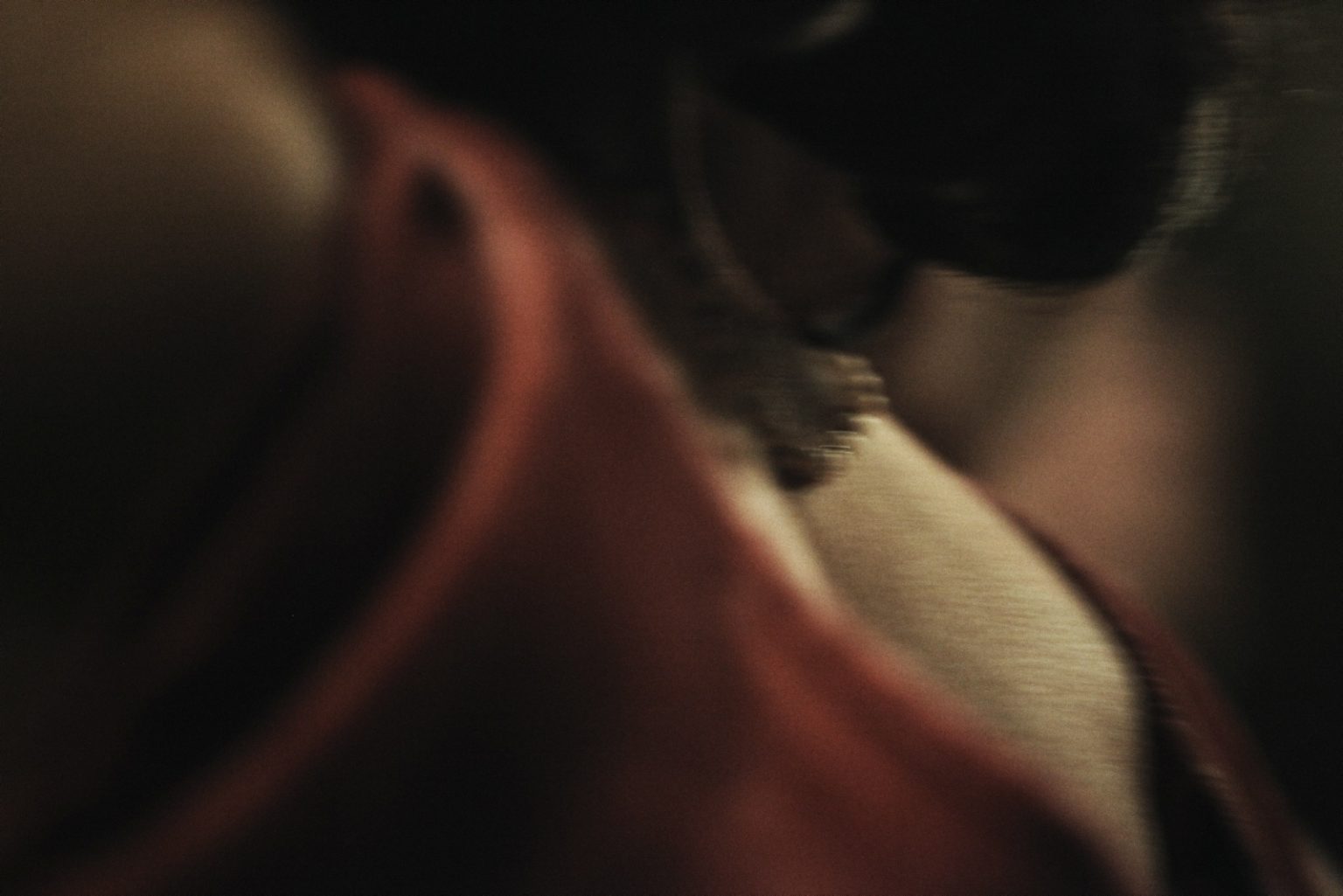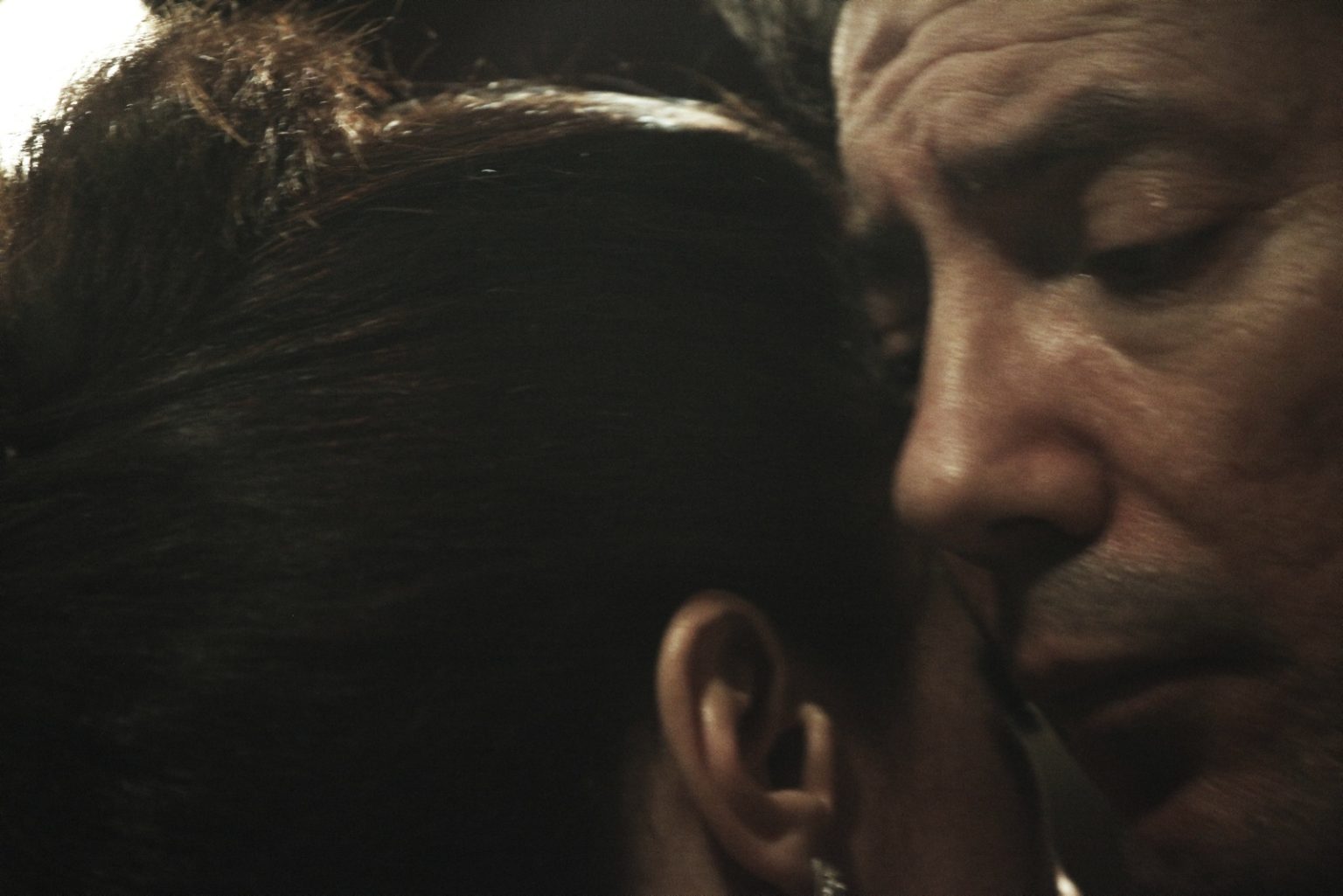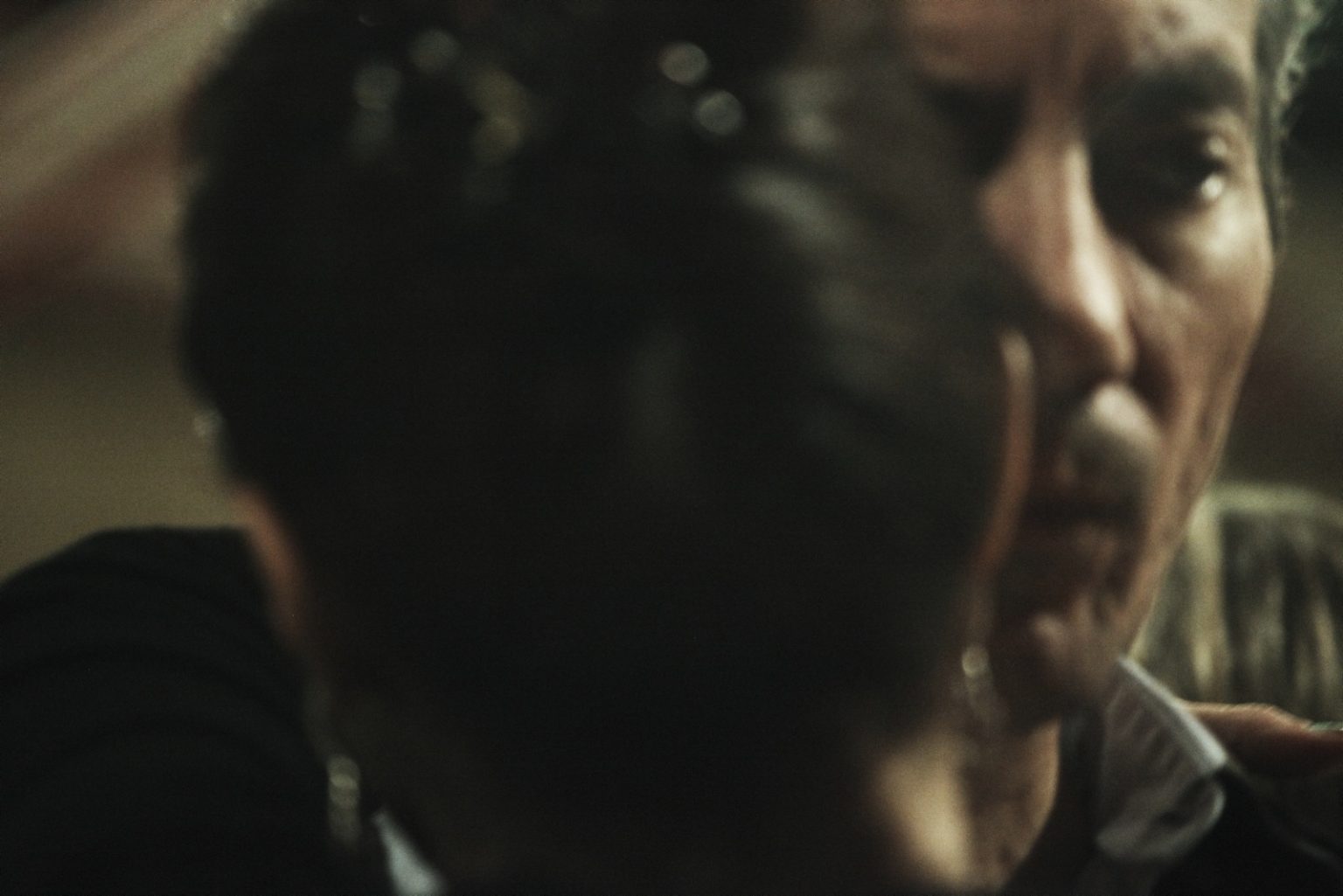Milonga
Milonga is the term used for a place where tango is danced. Usually a large room, surrounded by tables for the dancers, with a polished floor.
The word can also mean word, confusion, quarrel.
The precise origin is uncertain and debated, however it used to indicate a meeting place where one could spend time free from the labors of the day, dancing and listening to music. To this day, the milonga is the place where Argentine tango is danced.
In milonga the rules of common sense and education “of the old days” should apply.
In fact, milongas had very strict rules, and in a Buenos Aires where meeting a knife was as common as a handshake, the rules ensured quiet life.
In milonga men and women sat at separate tables on opposite sides of the room.
In this way invitation was favored: the man at a distance, without importuning, would look at the woman (mirada), if she did not look away he would invite her with a nod of the head (cabezeo). If the woman responded with a nod of assent the man would approach her and accompany her to the dance floor to begin dancing.
On the dance floor, the direction of the dance is counterclockwise. Space on the dance floor is usually restricted, and because tango is improvisation, the man’s backward step in the opposite direction of the dance direction would be avoided. During the dance usually the couple does not communicate verbally. The good time to talk is at the end of the music and extends to the beginning of the next piece, this is also to allow the man to recognize the song. Usually at the end of the tanda the couple breaks up, and it is still the woman who makes it clear that they can continue dancing the next tanda.
“It didn’t matter how old he was. In the vortex, their temples were as firm as two magnets. Connecting who knows what thoughts, kept eternally secret by the eyes of both of them, closed like graves.”

